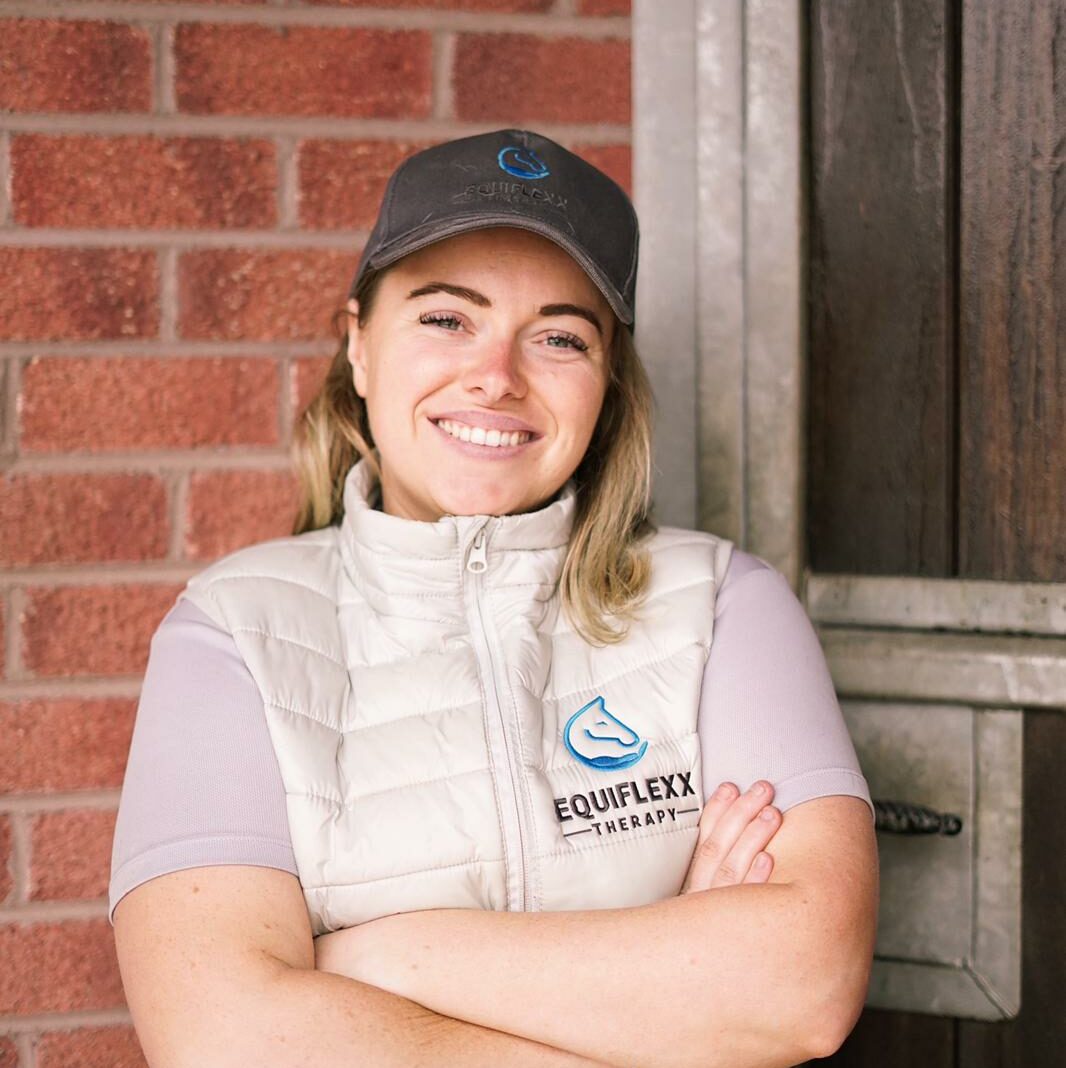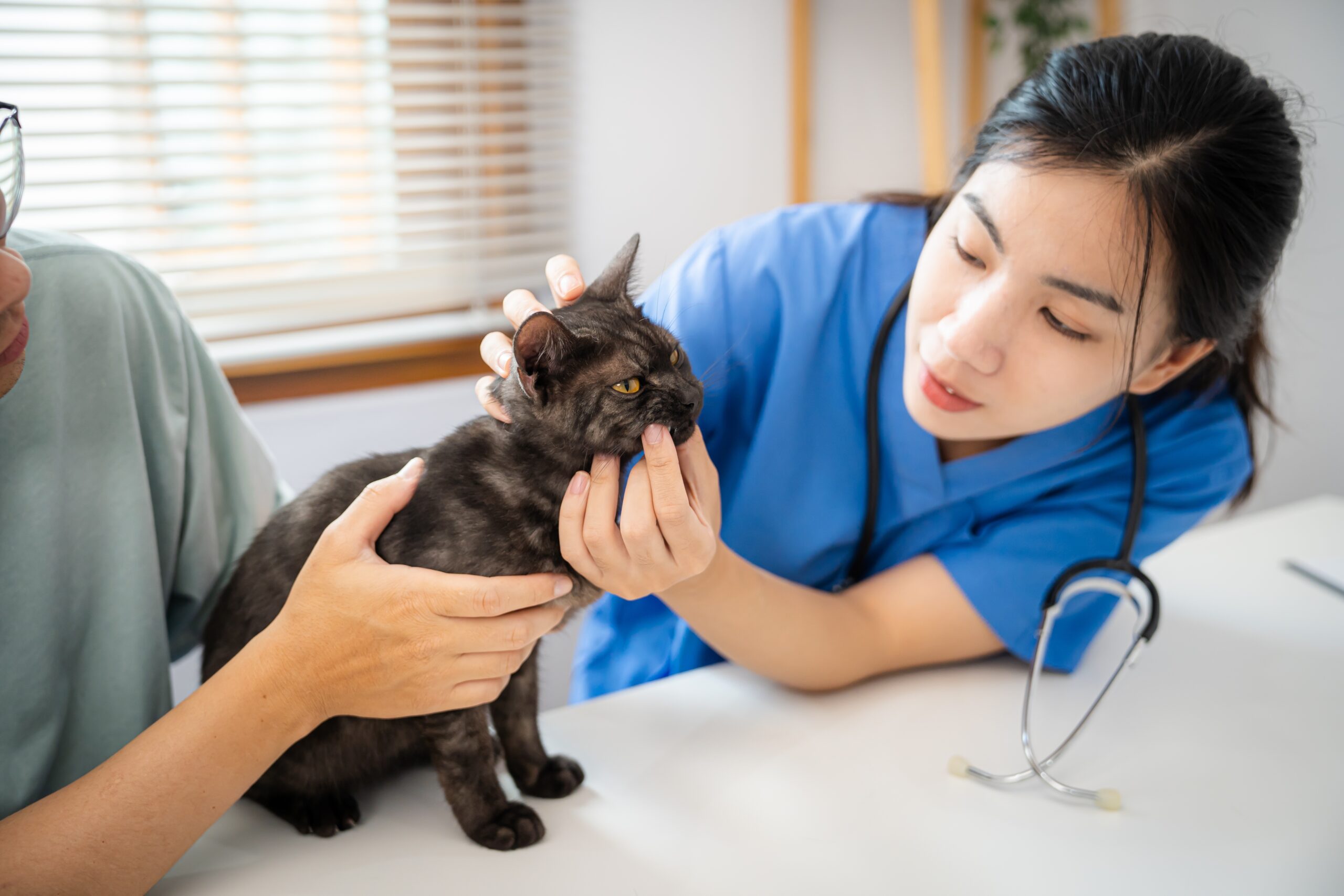Most Equestrians will have had the experience of a pre-purchase examination of a horse, either as the buyer or seller. It can be a nerve wracking experience, like waiting to hear the results of an important exam that you have taken in school! Horse trade is booming at the moment, particularly in the pony and leisure horse markets so I felt this would be a hot topic to discuss.
So, what is the Vet actually looking for in the flexion test? The idea behind it is that it will show up any ‘trouble brewing’ in the joints that may not have otherwise shown up as lameness in a trot up exam. A positive flexion test will result in the horse being lame when asked to trot away. But, there are some variable factors that should be considered. Firstly, there is no real agreement on the duration of how long a horse’s leg should be held in the flexed position or how much force should be applied to the limb. Some Vets hold for 10 seconds, some can hold for up to 60 seconds. The older the horse is, the more likely they are to have a positive flexion test, the same horse may have different results to flexion tests on different days, the surface the horse is on can affect the results, the condition of the horse’s feet i.e. shoeing, can also have an effect on the results. A study was conducted performing flexion tests on 50 horses, the results showed:
As the limb is held, the soft tissues (muscles, tendons, ligaments) are compressed and shortened. The horse is then asked to trot away with the hope of being sound. A positive flexion test may not necessarily mean that there is a definitive lameness or issue, but more so, the soft tissues have been shortened and have not had a chance to adjust for the action that is needed. If somebody held my leg in a flexed position for 30 seconds I am certain that I would not be sound either! Do you jump out of bed in the morning and run down the stairs with ease? I sure don’t!
I ask the question – is the horse fit for purpose? Potential buyers must have a clear idea of what their goals will be for the new horse. The Vet should ask you what these are at the start of the exam. Do you hope to event to 2* level? Showjumping to 1.20 level? Pony Club and happy hacking? There is no right or wrong answer for this. I will give my own experience as an example. I bought my horse in May 2021. He is a 12yo warmblood gelding and had a lot of mileage under his belt so I knew his X-rays were not going to be 100%, I was realistic about it. He was sound on the flexion test however, lame on a circle on hard ground, I felt a lump in my throat and an overwhelming feeling of disappointment. We X-rayed four limbs, low and behold he had 2 settled bone chips in each hock. The horse passed and I bought him that evening. Why did I purchase a horse with settled bone chips in the hocks, crazy right? If I wanted to jump to a 1.20/1.30 level he would not have passed. He was fit for purpose. I explained to the Vet at the beginning that I aimed to do Riding Club and low-level Showjumping. For this job he was perfect, even with his imperfections, he fit the job description.
My message here is, be realistic about your goals and go into the pre-purchase exam with an open mind. Discuss your expectations with your vet. If the horse shows a positive flexion test don’t panic just yet!


Share
Your subscription is 100% Free for our first year, No credit card details required.

The Judging Concerns That Keep Coming Back — And Why They Can’t Be Ignored Anymore We didn’t make it to

There are few sporting events that live up to the hype. Wimbledon? Too many strawberries. Cheltenham? Too many suits. But

British Veterinary Association publishes full response to Competition and Markets Authority’s proposed remedies for veterinary market for household pets. The